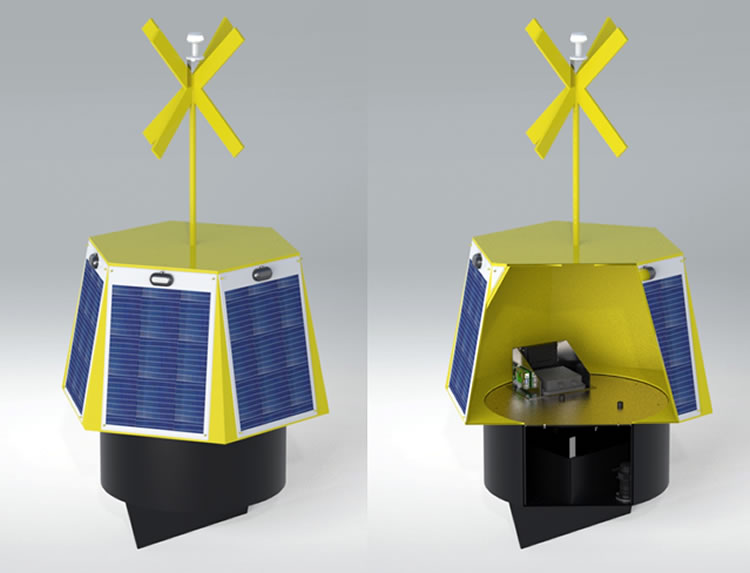
When you think of buoys you probably don’t think of anything particularly ‘smart’ about them. While they have many uses, the majority of them aren’t exactly packed with tech, but that could soon change, as 5G smart buoys are set to be deployed along the UNESCO world heritage coastline of the Lulworth Estate in Dorset.
JET Engineering System Solutions Ltd has signed a contract with Excelerate Technology Limited to deliver the buoys as part of the 5G RuralDorset project, and they’re designed to monitor surf conditions and potentially save lives.
The buoys will have a low profile design and will measure sea state 24/7, including wave height, water temperature, and tidal current. This information will then be sent via 5G to project partners, allowing it to be displayed on digital signage that will be installed at busy locations along the Jurassic Coast.
Online and on the beach
So for example people on beaches will likely be able to see these signs, which will constantly be updated with the latest sea state data observed by the buoys. And the data will be available online – so people can see the conditions before they even make their journey. The emergency services will of course have access to it as well.
Ensuring the public has easy access to up to date information on surf conditions in this way should help keep them safe, as they’ll know when the sea is dangerous, and it is also designed to help organisations like the RNLI (Royal National Lifeboat Institution).
Digital Infrastructure Minister Matt Warman said: "5G-powered buoys could play a critical role in keeping people safe at sea and are yet another example of how government-backed trials led by the country's most talented innovators are carving out novel solutions to age-old problems."
This is a £7 million project, part funded by the Department for Digital, Culture, Media and Sport (DCMS), and while it began in March 2020, it’s not set to be completed until March 2022.
It’s not clear exactly when the buoys will start appearing, and for now of course they’ll only benefit this stretch of coast, but it’s easy to imagine that if the project is successful we’ll start seeing 5G buoys in common usage.
It’s just one more example of the potential for 5G beyond its use in mobile phones. From connected cars to smart cities, automated factories, remote healthcare and more, it’s clear that 5G is set to be a game-changing technology.





